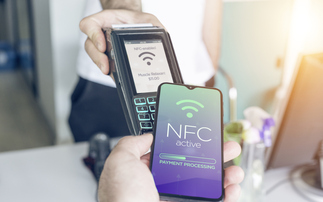Developments in technology and service provision are bringing voice over Wi-Fi into the mainstream
The idea of using your wireless LAN (WLAN) or a Wi-Fi hotspot to carry voice calls has been around for a long while but it isn’t yet a mainstream activity. However, various changes mean that it soo...
To continue reading this article...
Join Computing
- Unlimited access to real-time news, analysis and opinion from the technology industry
- Receive important and breaking news in our daily newsletter
- Be the first to hear about our events and awards programmes
- Join live member only interviews with IT leaders at the ‘IT Lounge’; your chance to ask your burning tech questions and have them answered
- Access to the Computing Delta hub providing market intelligence and research
- Receive our members-only newsletter with exclusive opinion pieces from senior IT Leaders


















